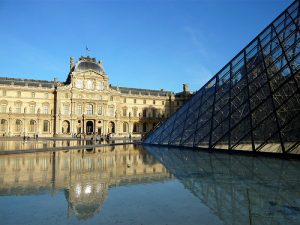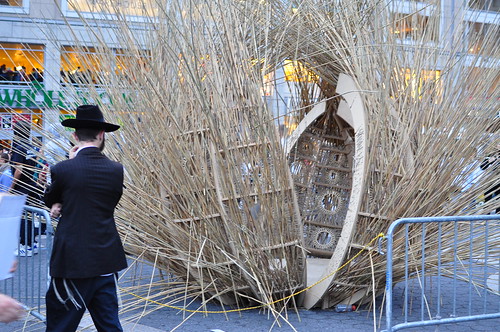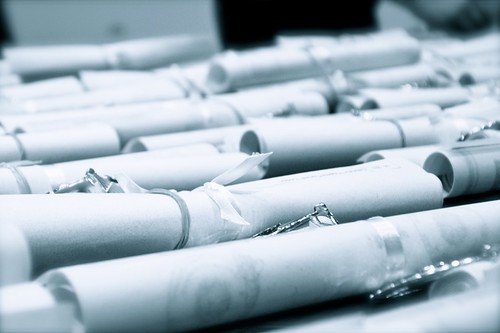Like most of us, I look forward to 2015 with keen anticipation: So many museums to visit, performances to see, and articles to read. Strike that last bit; it’s just not true. Between the recent implosion at The New Republic and the spate of early retirements and firings at The New York Times, I’m not sure I’ll have much to read, come 2015.

For years, I enjoyed making my way through TNR’s fabled “back of the book,” delighting in what its discerning contributors had to say about the latest title or exhibition or film. The magazine made me a culturally literate and engaged citizen of the world -- and a better professor, too. Time and again, I drew on its insights when preparing for a lecture or in casual conversation with colleagues and students.
The Times also left a big imprint on me. Between Joseph Berger’s wise and sensitively drawn human interest stories, Edward Rothstein’s incisive museological critiques, and Christopher Gray’s gimlet-eyed “Streetscapes,” I learned how to write and how to reckon with human foibles, big ideas and the built environment.
Their collective departure from the Times leaves me bereft. Who will I turn to for commentary on the variegated New York Jewish community? Bring to campus to reflect on the most recent developments within the museum world? Inspire me to take to the streets in search of an arresting architectural detail?
I’ll make do, of course, but one thing is certain. I’ll be none the wiser in 2015.






